18. Driller Killer (1979)
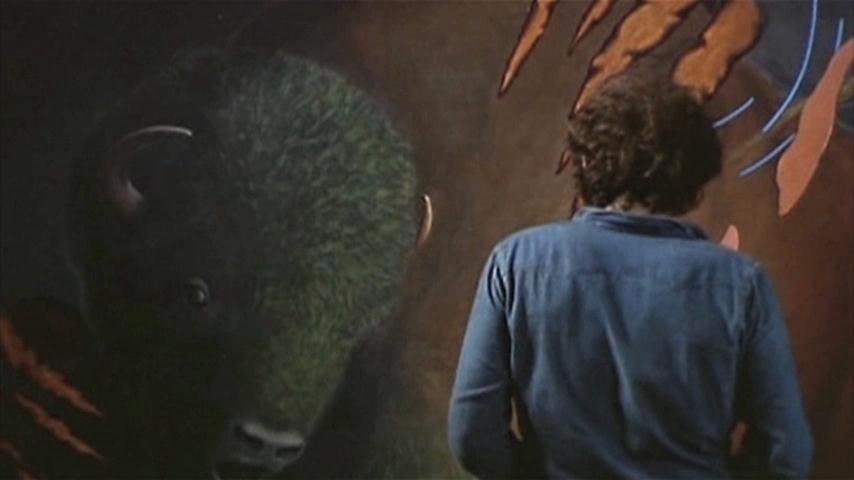
Abel Ferrara’s feature length directing debut, unless you count a X-rated porno film, in which he also stars as a troubled New York artist who slowly loses his sanity and starts killing people with an electric drill. Ferrara is probably best known for his somewhat controversial cult movies Ms. 45 and Bad Lieutenant.
This one suffers somewhat for the low budget and unknown actors but makes up for it with truly disturbing flashbacks and hallucinations and its violent and bloody murder sequences.
It has a wild score that is a mix of synth, punk rock and classic music. Like most of his other movies, this one shows of the gritty nighttime locations during that era in New York. It landed on the “video nasties” list in the UK, reportedly solely because of the VHS cover.
19. Downtown 81 (1981)
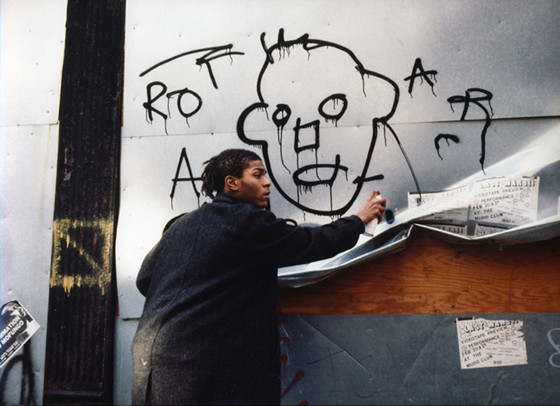
This is a highly important pseudo-documentary about a day in the life of artist Jean Michel Basquiat, as we follow him around the streets of New York trying to sell his painting so he can avoid being evicted. Along the way he runs into graffiti artists, DJ’s, musicians, models, does a few drawings and partakes in some drugs and alcohol.
Despite being scripted, the story was very accurate for this time in Basquiat’s life as he was homeless during production and often slept in the office. It is an interesting look into the life of Basquiat, the realistic struggle for other artists and musicians, the emerging new wave and hip hop movements, and the dilapidated of the Lower East Side of Manhattan in 1980.
People that make appearances include graffiti artists Lee Quinones, Fab Five Freddy, Debbie Harry, and the bands DNA, Kid Creole and the Coconuts, and James White and the Blacks.
It wasn’t actually released until 2000, with actor Saul Williams performing the voice of Basquiat due to the audio for the picture being lost.
20. Egon Schiele: Excess and Punishment (1981)
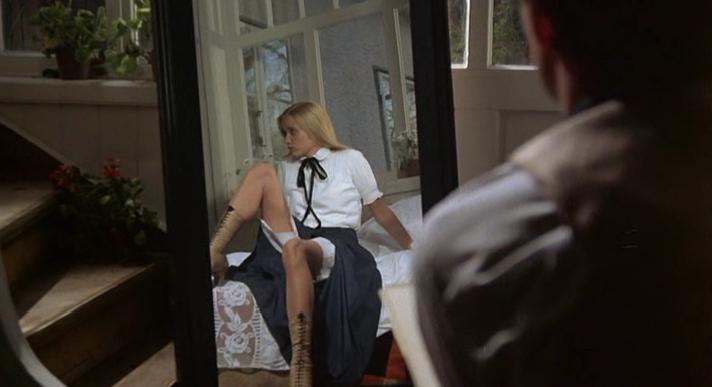
This is the story of the controversial Austrian artist Egon Schiele, an early 20th century painter known for his highly sexual and unusually distorted nude portraits.
It focuses on his conflicting triangle relationship and love for his girlfriend and a young local teenager who eventually becomes his wife. Schiele’s life is full of excesses and obsessions, which involve sex, alcohol, and emotional conflicts that affect his sanity. He is arrested and his art is questioned for pornography, depicting him as one of the true radicals of the art movement.
The movie could be considered highly exploitative because of the large amount of nudity and the suggested age of the girls posing. There are many scenes showing Schiele drawing and it also includes Gustav Klimt and his studio and some of his large paintings.
The score that was created by Brian Eno is both harsh and haunting. This was Austria’s selection for the Academy Award for Best Foreign Film but did not make it into the final list of nominations.
21. Wild Style (1983)
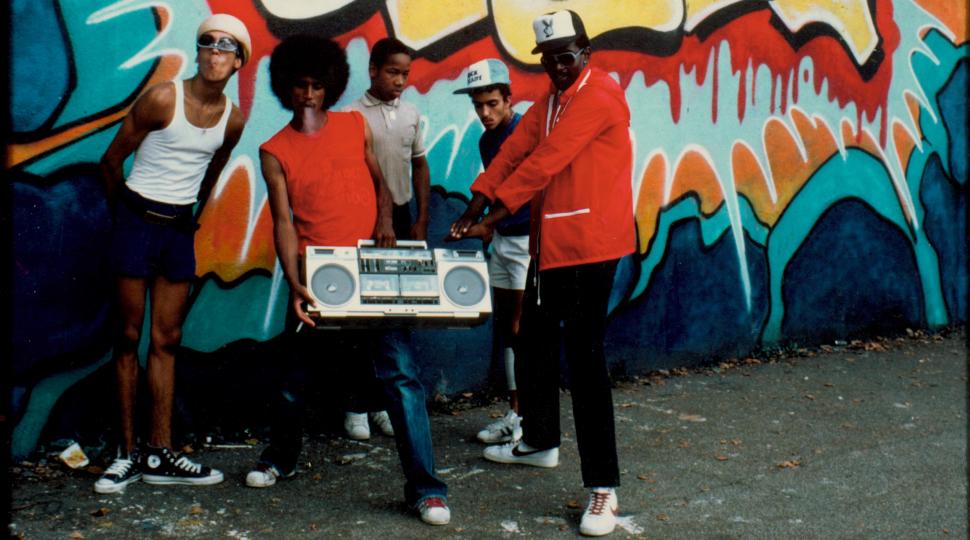
Another scripted pseudo-documentary starring famous graffiti artist Lee Quinones portraying the hottest graffiti artist in New York, who is dealing with a strained romantic relationship and the conflict of becoming a known and famous artist.
The acting is subpar, but that simply isn’t the reason to watch this one. It captures a rare time in cultural history where graffiti art, hip hop, freestyle rapping, and breakdancing where all converging onto a changing scene.
The city is also the star as we get to see rundown buildings and subway cars covered in graffiti. It featured appearances from Fab Five Freddy, Lady Pink, The Rock Steady Crew, The Cold Crush Brothers, Grandmaster Flash, and many others. The script does a nice job of trying to convey the motivation behind doing graffiti art and how it was influenced by the artists surrounding subculture.
22. Vincent and Theo (1990)
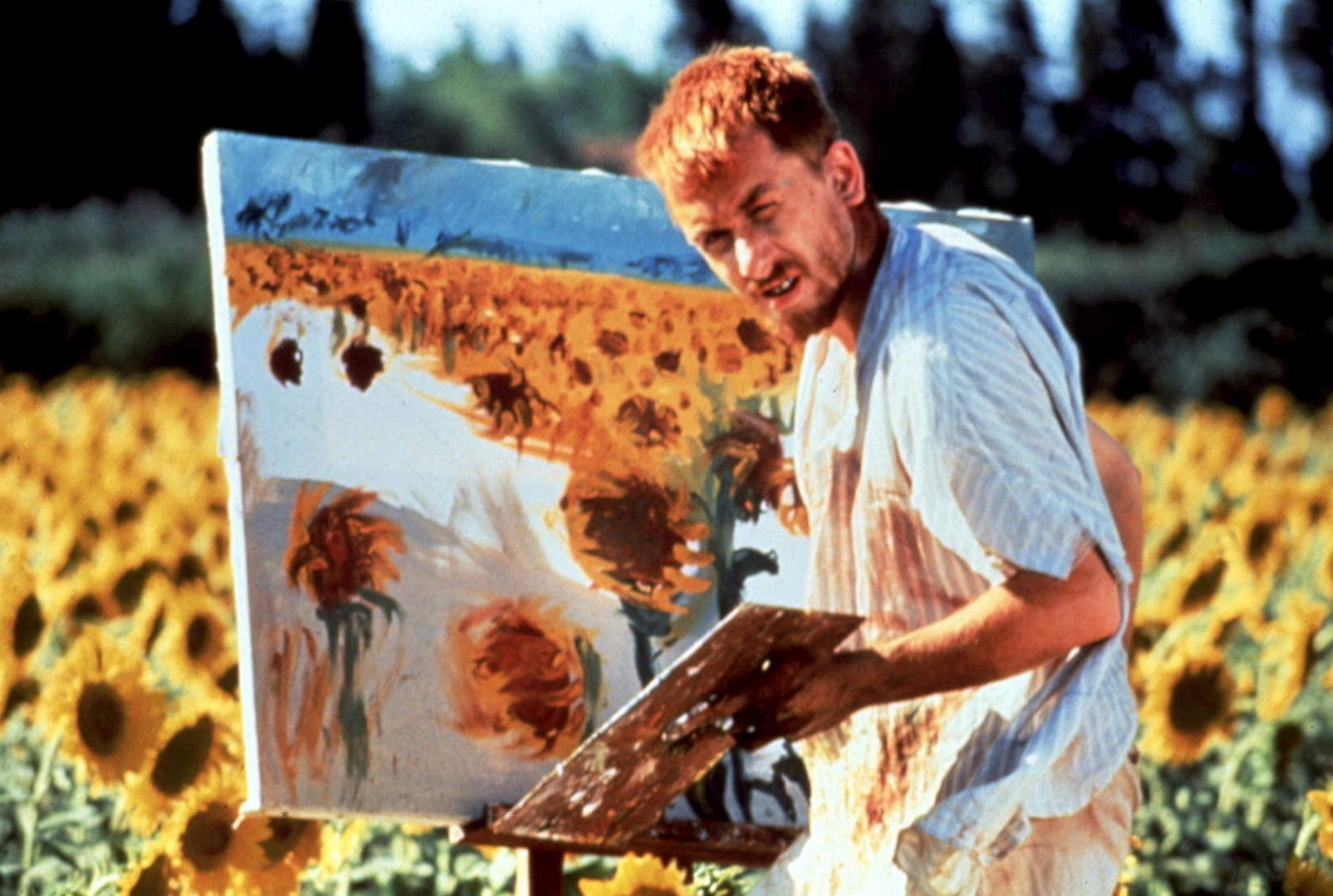
Like Lust for Life, this is a biopic about Vincent Van Gogh but focuses even more on his relationship with his brother. It was originally released as four part mini-series running at 200 minutes and then a theatrical cut was made with a run time of 138 minutes.
Some reviews are critical of the film and question its factual authenticity versus the 1956 version, but there are various books that hypothesize events that take place in this. The thing that makes this one special is Tim Roth’s powerful portrayal of Van Gogh, which I believe is one of his best performances and goes far darker than Douglas was able to.
The tone of this one is also much darker and feels more authentic than the 1956 version, especially the critical gunshot sequence. I felt the reality of the tormented artist more in this one. Try watching them back to back and make your own determination, but have some happy handy nearby.
23. La Vie De Boheme (1992)

From Finnish independent director Aki Kaurismaki comes a loose adaptation of the novel Scenes de la Vie de Boheme by Henri Murger, which has had numerous adaptations the famous opera La Boheme.
The story involves a Parisian poet, an Irish composer, and an Albanian painter and their friendship and the struggles to survive as artists in modern Paris, trying to get by despite a series of bad luck and dark times.
The film is an absolute gem, featuring wonderful cinematography, great directing and script, and superb performances, all of which won the picture critical success and awards at various film festivals. It has a striking black and white look to it, calling back to old French cinema from the greats like Godard.
Kaurismaki draws many comparisons to American independent film director Jim Jarmusch, who appeared in Kaurismaki’s Leningrad Cowboys Go America and also used some of his actors in his own movie Night on Earth. A follow up was released in 2011 titled Le Havre, featuring many of the same actors 19 years older.
24. Crumb (1994)
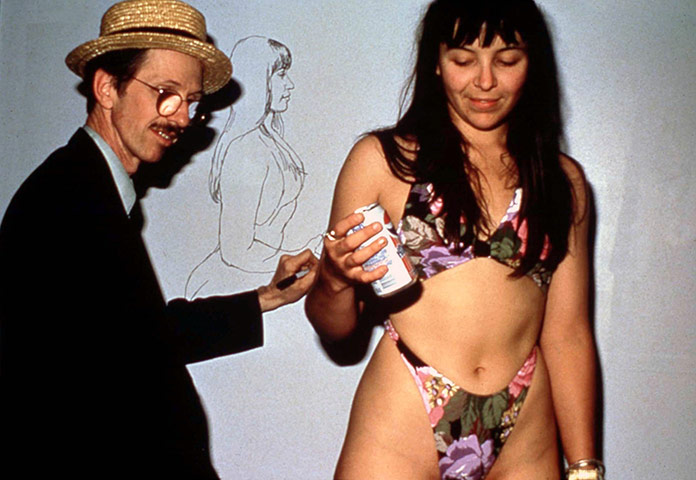
An intense look into the life of Robert Crumb, the most iconic and prolific underground artist from the 1970’s who has remained popular and working since then.
This documentary delves into his peculiar family and lifestyle, dealing with dark topics and offering critical arguments about whether some of his work is pornographic and offensive versus satirical. It includes montages of his work chronicling his career, while also showing him constantly drawing and working. It doesn’t shy away from Crumb’s obsessive need to work and his troubles dealing with society and other people.
In many ways, he mirrors real life comic writer Harvey Pekar as portrayed in American Splendor and character’s in the adapted comic Ghost World. It is considered by many to be one of the greatest documentaries ever made and often listed on the top movies you must see before you die.
25. I Shot Andy Warhol (1996)
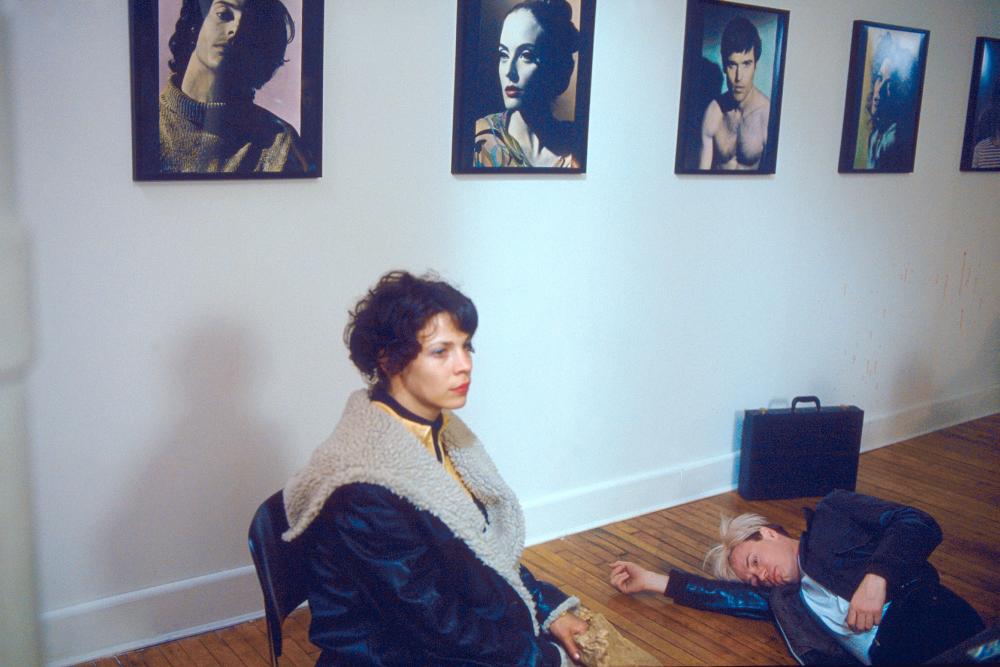
This is a biopic tale about Valerie Solanas, the radical feminist writer of SCUM manifesto who ends up shooting Andy Warhol after failed attempts to get him to film her play. Her feminist beliefs, misunderstandings of the male sex, and period s of prostitution and homelessness takes her into a descent of madness where she believes that Warhol is trying to steal and take control of all of her work.
It features good direction, good performances, and attempts to show the world of the factory and Warhol’s cast that worked for him and hung around. The script is well crafted and gives the audience enough information about Valerie in order to humanize her and make you understand what her motivations where for committing the act. It was directed by Mary Harron, who also made American Psycho and The Notorious Betty Page.
All the works cited can be found here.
Author Bio: Raul J. Vantassle is a jazz musician whose key strokes move about the page creating an explosion of formlessness to form, or just total bullshit. His heroes include John Waters, Robert Crumb, Charles Bukowski, and the Cobra Commander. His Knowledge of film goes across the board but he specializes in Asian and cult cinema. He may be the filthiest person alive. You can visit his blog here.